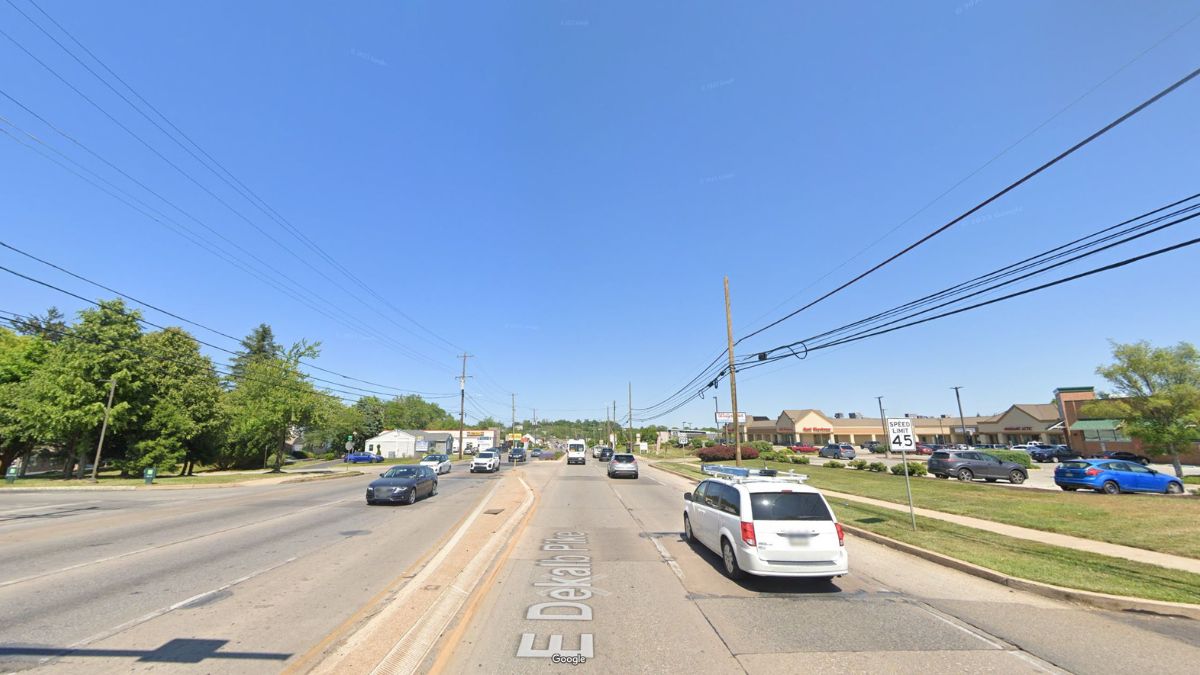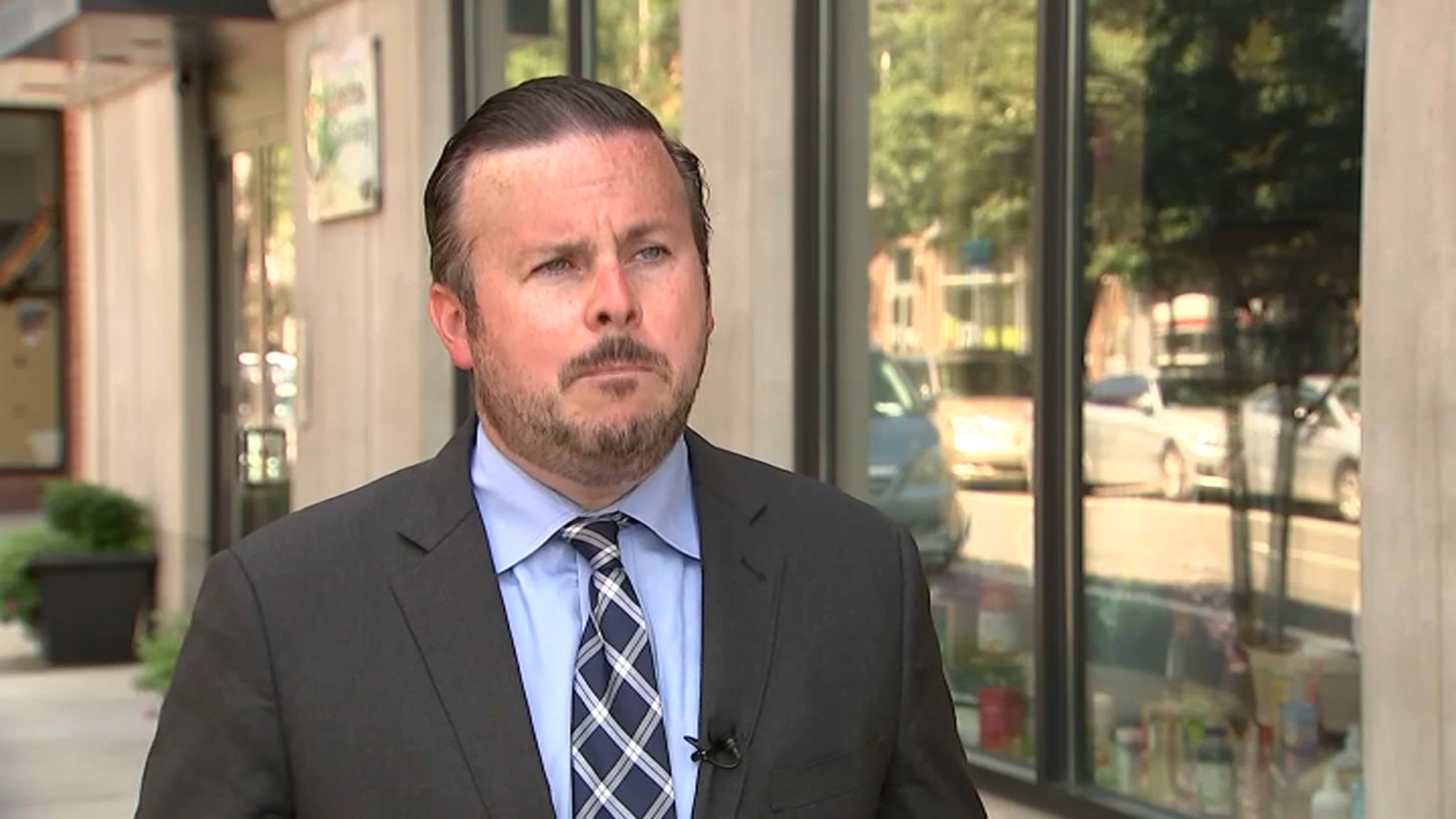A 24-year-old woman named Claudia smoked a cigarette while defiantly staring into the camera. She was not wearing a bra or a top, but she did not shy away from the lens. Instead, she shared her story.
Claudia was raped by her stepfather starting at the age of 6 and continuing until she became a teenager. Her mother kicked her out of the house when she found out about the abuse. Claudia turned to heroin for relief and sex for money.
“You can see the intensity in her eyes. I had never seen something like that,” said artist Ada Luisa Trillo, whose exhibit "How Did I Get Here?" is currently on display at the Twenty-Two gallery in Center City now through Aug. 6.
Claudia was just one of several dozen sex workers photographed in Ciudad Juarez, Mexico, by Philadelphia-based Trillo over the course of several years.
The mother of two didn’t set out to document the plight of sex workers in Mexico when this project first started. Initially, Trillo hoped to focus on immigration after then-presidential candidate Donald Trump began calling for a border wall and referring to undocumented immigrants as "rapists" and criminals, she said.
Trillo wanted to humanize the people of Mexico, but realized photographing border crossers would be difficult in the dark. A local social worker had another idea: Visit the brothels.
At first, she resisted.
Local
Breaking news and the stories that matter to your neighborhood.
"I was expecting cute little girls with glittering skirts," Trillo said. "I was not expecting this pain."
That anguish is the real subject of her work, Trillo said.
"It’s a peaceful way of protesting," she explained. "My power is my art."
'How Did I Get Here' Exhibit Tells the Story of Women in Sex Trafficking
Trillo was born in El Paso, Texas, and raised in Juarez, a degraded border city riddled with crime, poverty and narcotrafficking. It is also home to countless brothels. Many of the women photographed by Trillo exist at the intersection of drugs and prostitution — they have addictions to heroin, crack and other drugs, and some were sold or otherwise forced into sex work by parents or lovers.
Many died before Trillo’s exhibit debuted.
"Only one of the girls was from Juarez," Trillo said. "They’re trying to cross the U.S. border and they end up there. They might get trafficked. They might get hungry, but they end up at the brothels at a very young age."
Trillo spent approximately 15 minutes with each subject, roughly the same amount of time allotted to a paying customer. She also gave them cash in exchange for a little bit of candor.
Alexis was 20 years old and suffering from a heroin and crack cocaine addiction. She had three children who lived with her in various brothels. Despite Alexis’ tale, Trillo said she didn’t pity her in the same way she pitied the others. Unlike her colleagues, Alexis stole from drunken clients.
“Have you ever gotten caught?” Trillo asked her.
“Yes. I just hit them over the head with a cellular phone,” Alexis replied.
“I find that kind of amusing,” Trillo said. “She’s this tiny little thing.”
And there was Bonita, who smoked crack cocaine during her conversation with Trillo. Nervous with a lighter skin tone than the other women, Bonita was frequently the subject of gossip. Everyone assumed she had been kidnapped or trafficked into sex work. Her skin color was too fair for that part of Mexico, Trillo said.
Bonita cried most of the time they talked.
She had a young son, and an expensive addiction habit that led to her selling drugs in addition to her body. Eventually, she consumed her entire supply and was killed for it. Bonita’s body was found in the outskirts of the city.
“It made me furious,” Trillo said. “I could see how scared she was. I could see how much she was suffering. Hers was more than what I had seen” at the brothels.
With her exhibit now open to the public, Trillo has vowed to donate all proceeds from sales of her work to two charitable organizations: Coalition Against Trafficking Women and the Mother Antonia Center of the Oblate Sisters of the Most Holy Redeemer in Mexico City, which helps sex workers throughout Mexico.
Trillo’s relationship with these organizations sparked outrage among local sex worker advocates who are calling for the decriminalization of prostitution. They advocate for unionization, legal protection and decriminalization of both buyers and sellers of sex. Their idea is to normalize sex work in order to protect those conducting it.
Calling for the abolition of prostitution "is problematic because it’s still criminalizing people in the industry," said Derek Demeri of the Red Umbrella Alliance.
"It may not be directed at the workers themselves, but it’s criminalizing all the safety nets they create if they can’t pay rent through sex work. Their children can still be taken away from them."
But Taina Bien-Aime, executive director of the Coalition Against Trafficking Women (CATW), said the problem then becomes tolerating demand for an industry that is inherently exploitative. Instead, CATW advocates for the so-called Swedish model, which decriminalized prostitution for sex workers but penalized people seeking their services. This model allows current and former workers to seek resources and find help without fear of being arrested.
"Opponents [of this model] think everything should be decriminalized, including brothels, pimps, massage parlours," she said.
"The question then becomes 'How can you decriminalize exploiters when you want to protect the exploited?'"
Demeri, who was among a small group of demonstrators outside the Twenty-Two gallery, said sex workers would be better served if they could make their own decisions without fear of legal repercussions.
“When we decriminalize and advocate for the rights of everyone in the industry, we’re helping everyone and we’re destigmatizing.”
Local sex worker Casey, who asked that her last name not be used, also called for the decriminalization of prostitution. She would feel safer knowing she can contact police if a client got violent.
"I enjoy doing what I do," she said. "No one made the decision for me."
Casey turned to sex work after an abusive relationship and losing her job, she said. She is also a member of Project Safe, which advocates for sex workers in Philadelphia and beyond. The loss of agency for those in the industry creates a volatile environment in which sex workers are scared to come forward when they are victims of crimes, she said.
"Ultimately women need to stick together," she said. "It’s a scary world out there."



